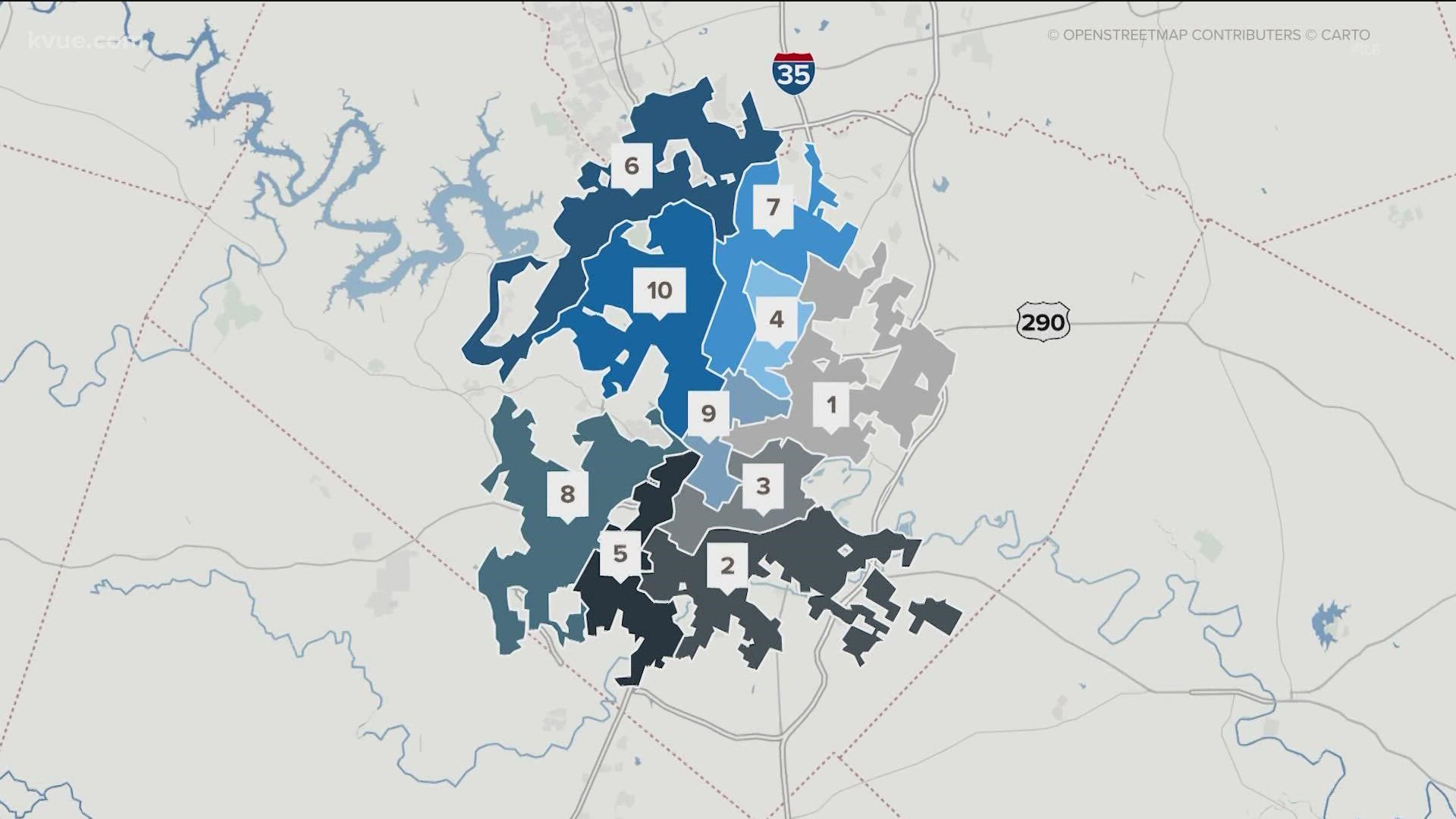AUSTIN, Texas — Texas Supreme Court justices heard arguments Wednesday on a challenge to Congressional maps drawn up after the 2020 U.S. Census.
The Mexican American Legislative Caucus mounted the legal challenge claiming state lawmakers diluted the vote of communities of color despite those communities accounting for the state's population growth, which in turn resulted in Texas gaining two congressional districts.
Previously, a three-judge state district court held it had jurisdiction to consider whether or not the maps violate the state's "county line rule."
This rule, written into the Texas Constitution under Section 26, Article III, requires house districts to be apportioned among counties according to the most recent federal census, which some interpret as requiring counties with "sufficient" populations to be kept whole in congressional maps.
Voting rights activists allege the state has refused to provide exemptions to the rule when it would keep communities of interest together. They cite the adopted electoral map, which slices Cameron County.
“Gov. Abbott and the legislative majority decided long ago that the rules do not apply to them as they continue to cherry-pick their voters; rather than empowering Texas voters to elect their candidate of choice," said Joaquin Gonzalez of the MALC Redistricting Counsel.
The Texas Supreme Court is not making a decision on the merits of the adopted maps, instead they're focusing on whether the state district court was correct in ruling they had jurisdiction to consider litigation around the county line rule.
In addition to the state-level suit, the Mexican American Legislative Caucus has mounted a separate federal challenge which was consolidated in the El Paso Division of the U.S. District Court for the Western District of Texas, which will be heard later this year.
PEOPLE ARE ALSO READING:

